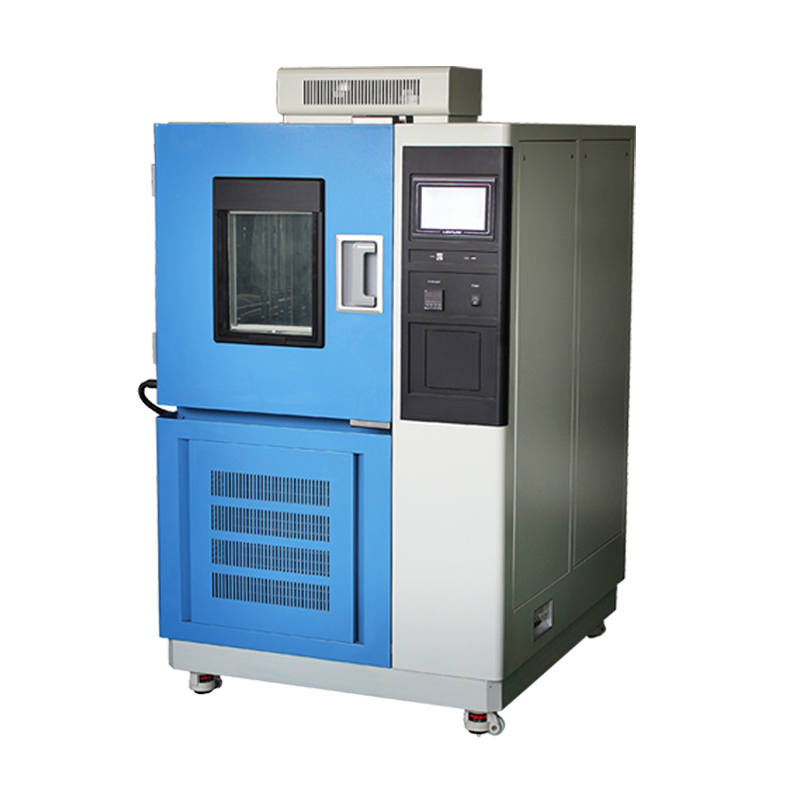If a programmable constant temperature and humidity test chamber exhibits temperature instability, the following measures can be taken to resolve the issue:
-
Equipment Calibration: Regularly calibrate the test chamber to ensure the accuracy of temperature and humidity sensors. Calibration helps eliminate fluctuations caused by instrument errors.
-
Equipment Maintenance: Periodically inspect key components such as condensers, heaters, and fans to ensure proper operation. Clean dust and debris to maintain optimal heat dissipation.
-
Temperature Control System Settings: Carefully review the settings of the temperature control system, including PID (Proportional-Integral-Derivative) parameter adjustments. Optimizing these parameters can enhance temperature stability.

-
Environmental Factors: Ensure the surrounding environment remains stable in terms of temperature and humidity. Avoid external influences such as direct sunlight or cold drafts. If possible, place the test chamber in a controlled room.
-
Sample Placement: Minimize the number and size of samples to prevent interference with temperature uniformity. Distribute samples evenly to allow proper air circulation inside the chamber.
-
Cooling & Heating System Evaluation: Check whether the cooling and heating systems are functioning correctly. If malfunctions are detected, promptly repair or replace faulty components.
-
Software Debugging: If the device uses software control, verify that the programmed parameters match actual requirements to avoid instability caused by incorrect settings.
By systematically troubleshooting and adjusting these factors, temperature stability in programmable constant temperature and humidity test chambers can be significantly improved. If the issue persists, it is advisable to consult professional technicians for further inspection and repair.














